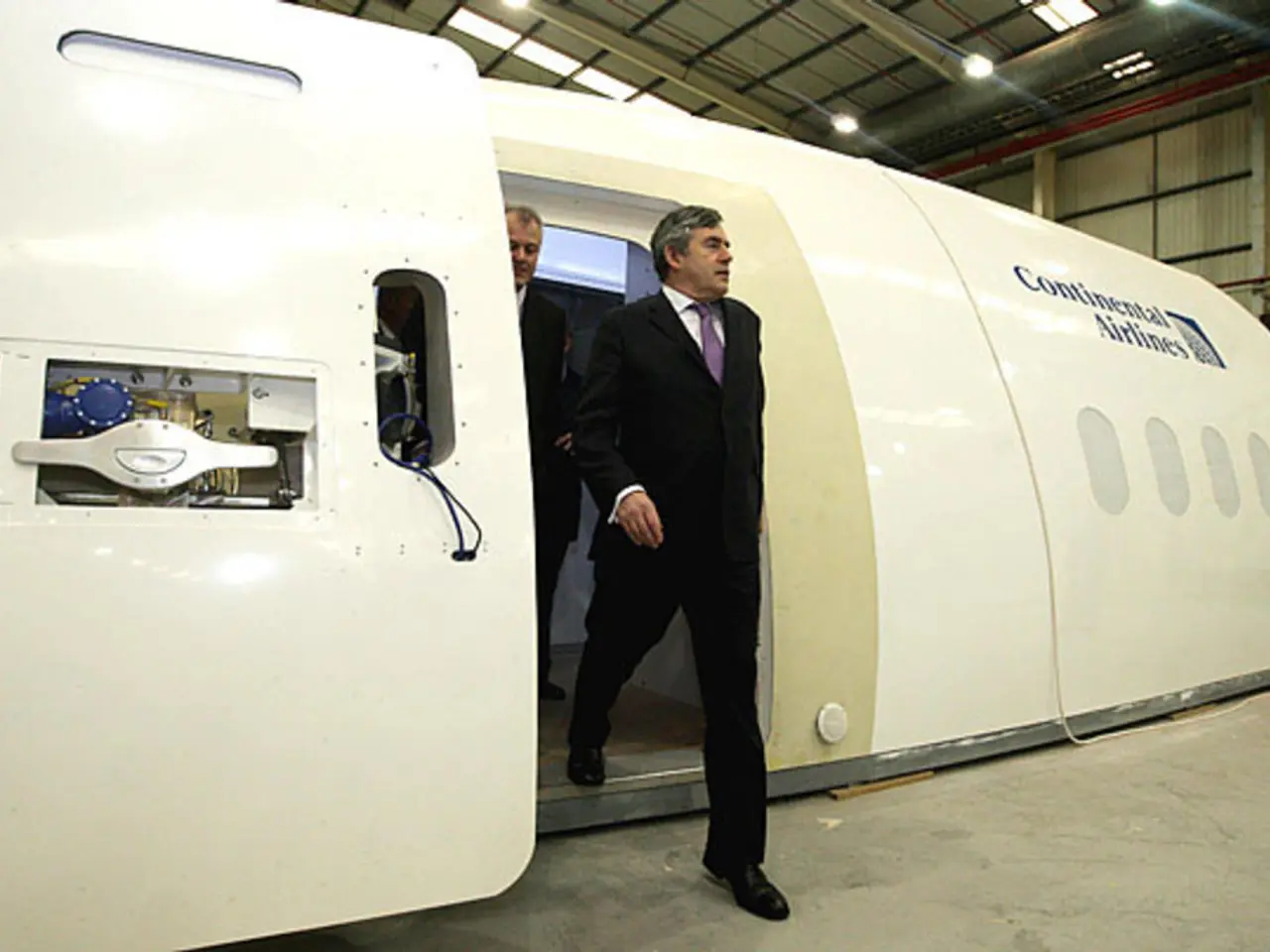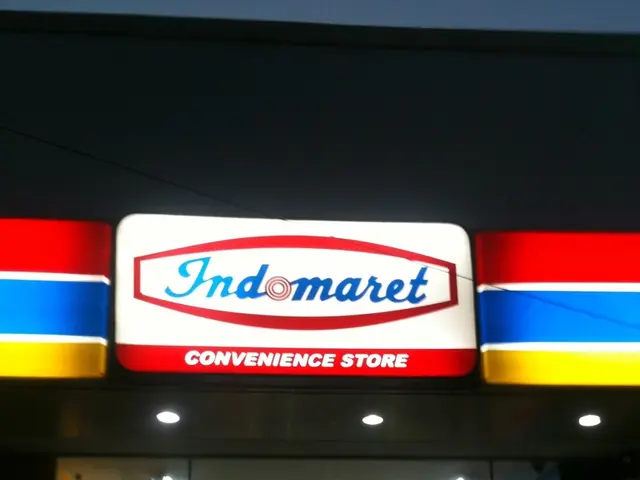Implications of U-Space Adoption for Air Navigation Service Providers
Air Navigation Service Providers (ANSPs) are taking on a more significant role in the integration of drones into controlled airspace across Europe. With the implementation of U-space regulation, ANSPs are responsible for ensuring safe and efficient coexistence between manned and unmanned aviation.
The U-space concept requires ANSPs to adopt new responsibilities, including the provision of digital platforms for U-space services, enabling automated or semi-automated flight authorizations, and ensuring live tracking and monitoring of drone flights. These digital services will facilitate real-time air traffic management for drones, allowing them to safely operate alongside traditional manned aviation.
One of the key aspects of U-space is dynamic airspace reconfiguration, which adjusts the limits of U-space airspace dynamically to ensure the safe operation of manned aircraft within U-space airspace in controlled airspace. This process involves coordination procedures and communication facilities with new U-space related entities, such as the U-space Service Provider (USSP) and Common Information Service Provider (CISP).
The certification framework for the CISP will initially be based on the existing certification requirements for ANSPs, as outlined in Regulation (EU) 2017/373. In controlled airspace, ANSPs will provide information to the CISP on flight intentions from special manned operators, such as HEMS, to initiate the dynamic reconfiguration process. When ATC intends to issue a clearance to manned traffic, the USSP alerts UAS operators of an upcoming restriction, which is published through the CIS.
USSPs update their geo-awareness U-space service to adjust the horizontal and vertical limitations of the U-space airspace in response to the published restriction. Once the area is clear of UAS traffic, USSPs notify the ATC unit, triggering the ATC unit to clear manned traffic to enter U-space airspace.
The implementation of the U-space framework will pose challenges for ANSPs, including the dynamic reconfiguration concept and the role of providing information to the CISP. It would be beneficial to begin identifying the requirements and capacity for each role and process in the U-space framework, including the definition of performance and separation standards.
The European Commission intends to adopt the Standardised European Rules of the Air (SERA) to safely integrate Unmanned Aircraft Systems (UAS) operations. As the regulations evolve, ANSPs will continue to adapt and expand their roles to meet the needs of the growing drone industry, ensuring safe and efficient drone traffic management across Europe.
This article was written by Toby Enzerink, a U-Space & UAM Consultant. For more insights on U-space and urban air mobility, visit our website Consultancy.
References: 1. European Commission. (2020). U-space. Retrieved from https://ec.europa.eu/transport/modes/air/drone_en 2. European Union Aviation Safety Agency. (2020). U-space. Retrieved from https://easa.europa.eu/what-we-do/air-safety/u-space 3. European Commission. (2021). Regulation (EU) 2024/2803 under the Single European Sky initiative. Retrieved from https://ec.europa.eu/transport/modes/air/regulation_en 4. European Commission. (2021). Implementing Regulation EU 2021/664, 665, and 666. Retrieved from https://ec.europa.eu/transport/modes/air/implementing-regulation_en 5. European Commission. (2021). Standardised European Rules of the Air (SERA). Retrieved from https://ec.europa.eu/transport/modes/air/safety/rules_en
- The integration of drones into controlled airspace across Europe requires Air Navigation Service Providers (ANSPs) to adopt new responsibilities, such as provision of digital platforms for U-space services, automated or semi-automated flight authorizations, and live tracking and monitoring of drone flights.
- The U-space concept, which facilitates real-time air traffic management for drones, necessitates the coordination between ANSPs, U-space Service Providers (USSPs), and Common Information Service Providers (CISPs).
- The role of ANSPs in Europe's drone industry will evolve as the Standardised European Rules of the Air (SERA) are adopted to safely integrate Unmanned Aircraft Systems (UAS) operations.
- In order to meet the needs of the growing drone industry, it would be beneficial for ANSPs to begin identifying the requirements and capacity for each role and process in the U-space framework, including the definition of performance and separation standards.
- The implementation of U-space will pose challenges for the finance, technology, and aerospace industries, as they adapt to new regulations and procedures related to drone operations and airspace management.








